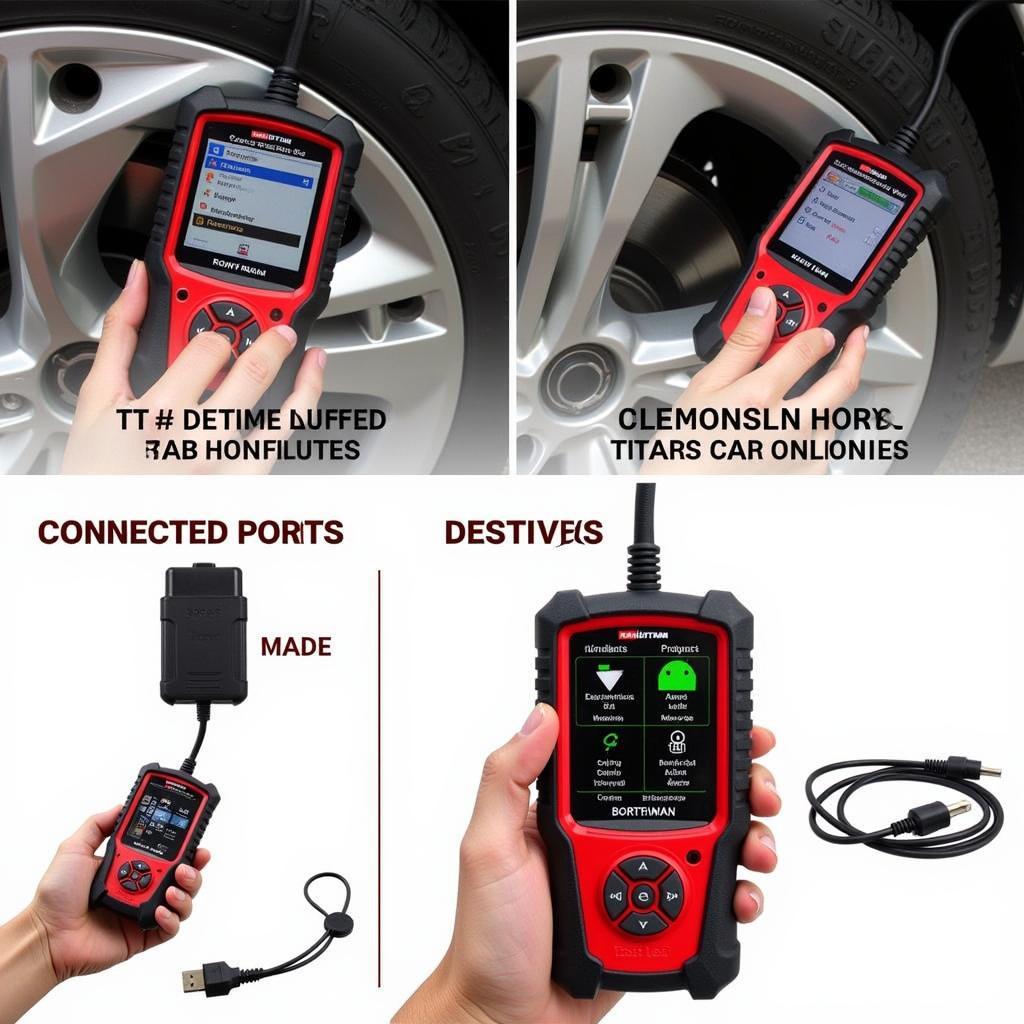The Farbar Recovery Scan Tool (FRST) is an invaluable tool for diagnosing and resolving computer issues, but its fixlist feature can seem daunting for those unfamiliar with it. This comprehensive guide will demystify FRST fixlists, providing you with the knowledge to understand and utilize them effectively.
Understanding FRST and Its Capabilities
FRST is a portable, free application designed to scan your computer for malware and other issues that might be impacting its performance. Unlike traditional antivirus programs, FRST doesn’t directly remove threats. Instead, it identifies them and provides detailed logs that you can use to research and address the issues manually or with expert assistance.
The Power of FRST Fixlists
A key feature of FRST is its ability to create and execute fixlists. A fixlist is a text file containing a series of commands that instruct FRST to perform specific actions on your computer. These actions can range from simple tasks like deleting files to more complex operations like repairing registry entries.
How to Use FRST Fixlists
1. Obtaining a Fixlist
Never run a fixlist from an untrusted source. Downloading and executing fixlists from unknown websites or individuals can be extremely risky. Always consult with a trusted technician or expert before running any fixlist. They can analyze your FRST logs, identify the specific issues, and provide a tailored fixlist to address them safely.
2. Saving the Fixlist
Once you have a legitimate fixlist from a trusted source, save it to your computer’s desktop or another easily accessible location. Ensure the file extension is “.txt” (e.g., “fixlist.txt”).
3. Running the Fixlist
- Open FRST with administrator privileges.
- Click on the “Fix” button.
- Locate and select the fixlist file you saved earlier.
- FRST will execute the commands in the fixlist, and a log file will be generated upon completion.
Interpreting FRST Fixlist Logs
After running a fixlist, it’s essential to review the generated log file. This log provides a detailed record of the actions taken by FRST, including any errors encountered. Understanding the log’s contents can help you determine the fixlist’s effectiveness and identify any remaining issues.
Benefits of Using FRST Fixlists
- Precision: Fixlists target specific issues, minimizing the risk of unintended consequences that can occur with more general malware removal tools.
- Thoroughness: FRST can address a wide range of problems, including those often missed by traditional antivirus software.
- Control: Fixlists empower you to understand and control the actions taken on your computer, promoting transparency and informed decision-making.
Common FRST Fixlist Commands
While it’s crucial to understand that blindly copying and pasting FRST commands can be dangerous, familiarizing yourself with some common commands can be helpful:
- CMD: Executes a command prompt command.
- CreateRestorePoint: Creates a system restore point.
- Del: Deletes a specified file or folder.
- Download: Downloads a file from a specified URL.
- EmptyCLSID: Empties the content of a specified CLSID key in the registry.
- Rename: Renames a specified file or folder.
- TaskKill: Terminates a running process.
Seeking Expert Assistance
While FRST is a powerful tool, it’s crucial to emphasize that using it without proper knowledge can be risky. If you’re unsure about any aspect of FRST or need help interpreting logs and creating fixlists, don’t hesitate to contact a qualified technician.
Our team at ScanToolUS specializes in automotive electrical systems and diagnostic tools. We’re here to provide expert assistance. Contact us at +1 (641) 206-8880 or visit our office at 1615 S Laramie Ave, Cicero, IL 60804, USA.
Conclusion
Mastering the Farbar Recovery Scan Tool and its fixlist feature can significantly enhance your computer troubleshooting skills. By understanding how to use and interpret FRST fixlists, you’ll be better equipped to address a wide range of computer issues effectively and safely. Remember, always prioritize safety and seek expert guidance when needed.


